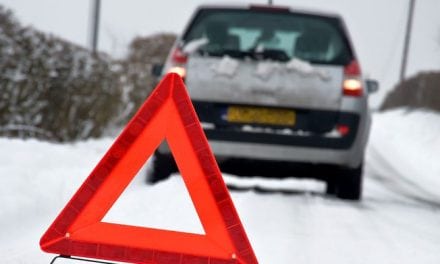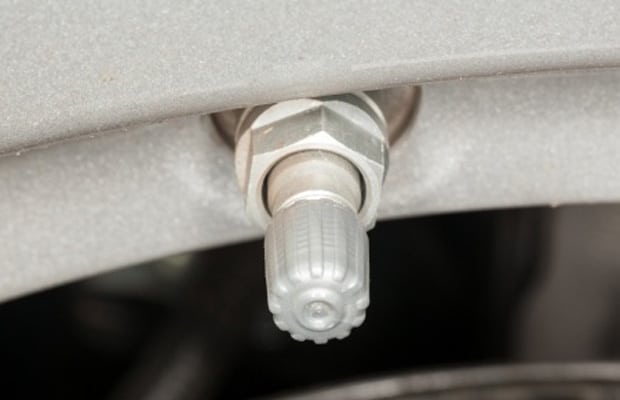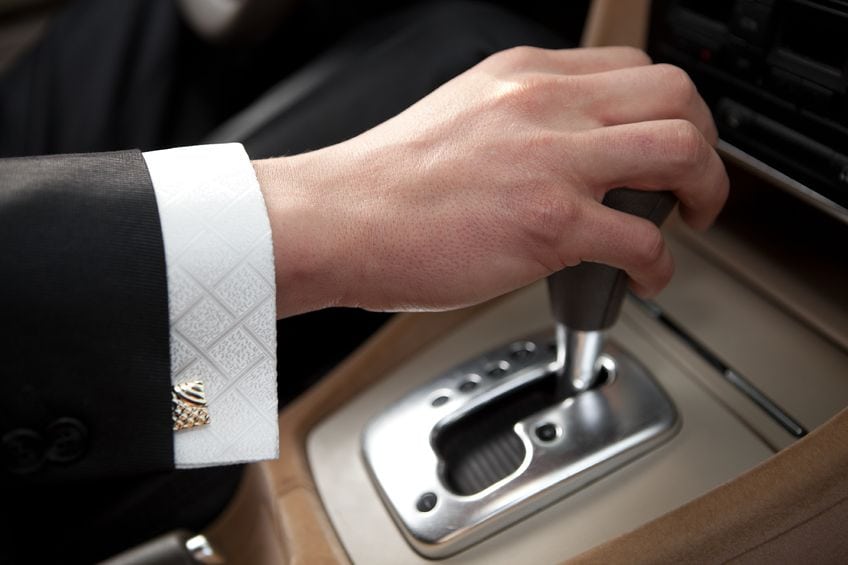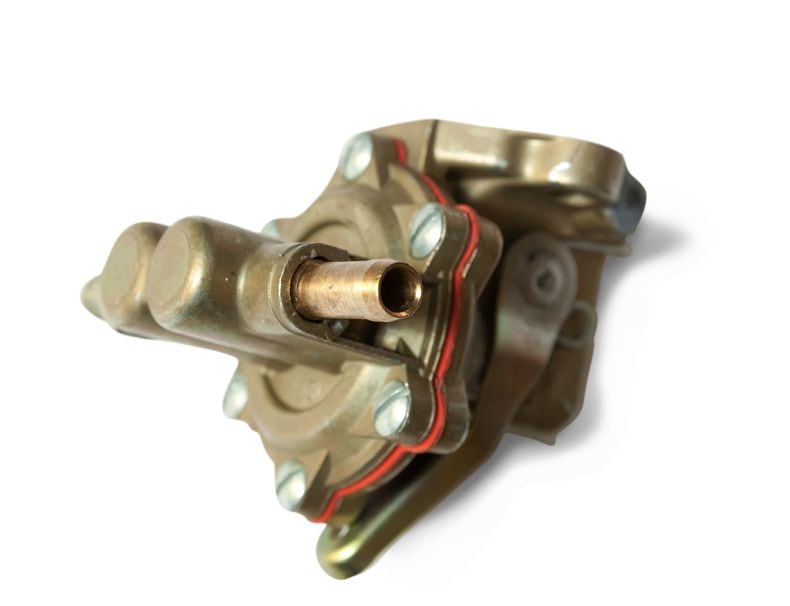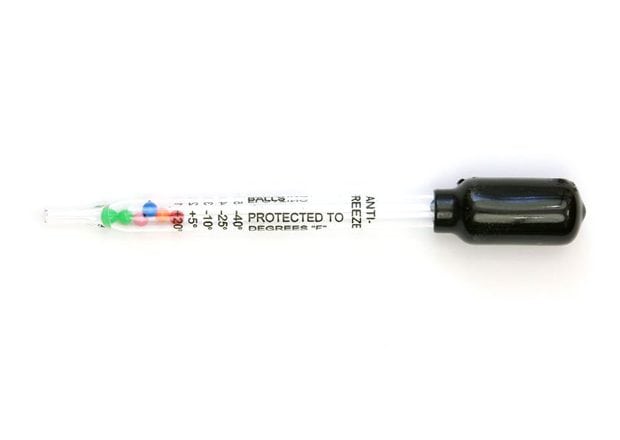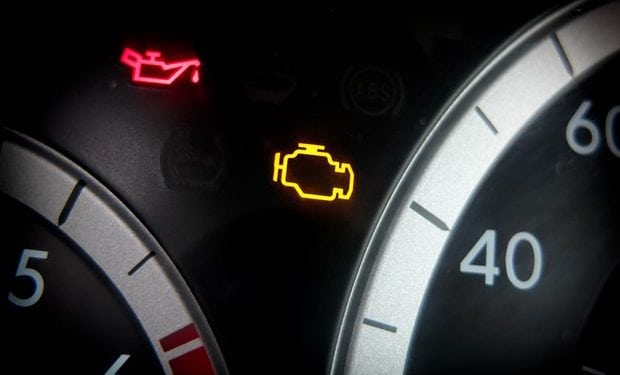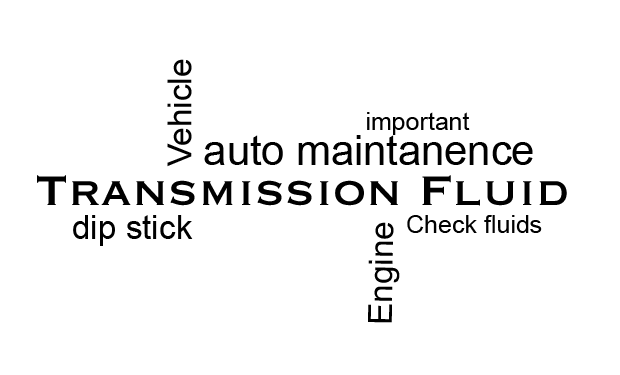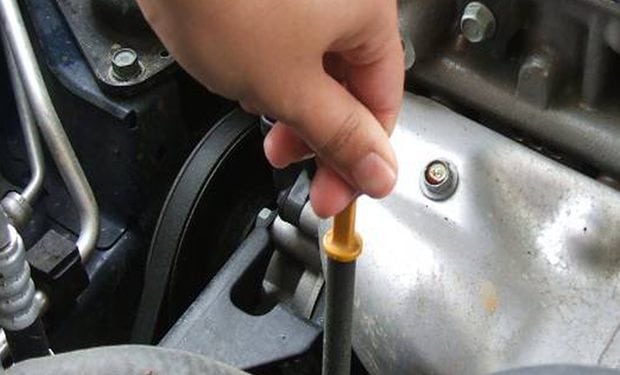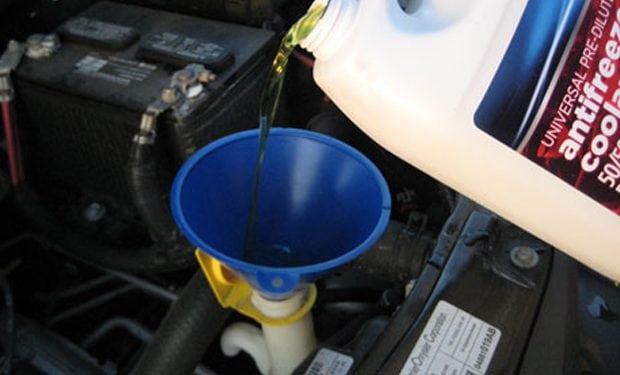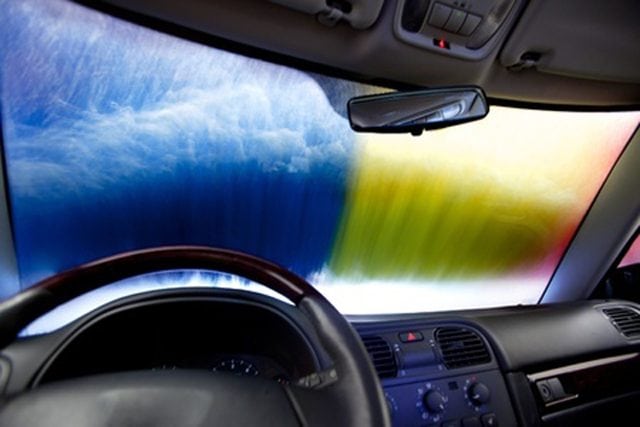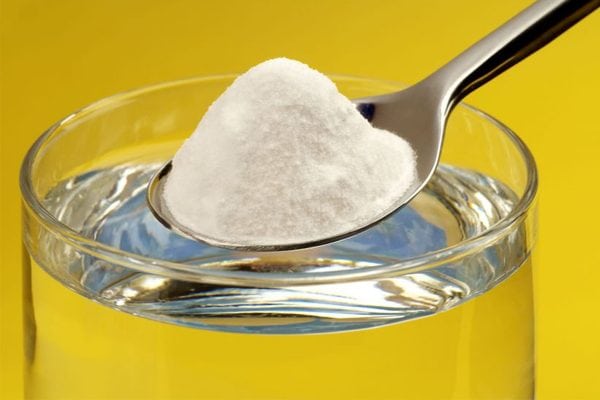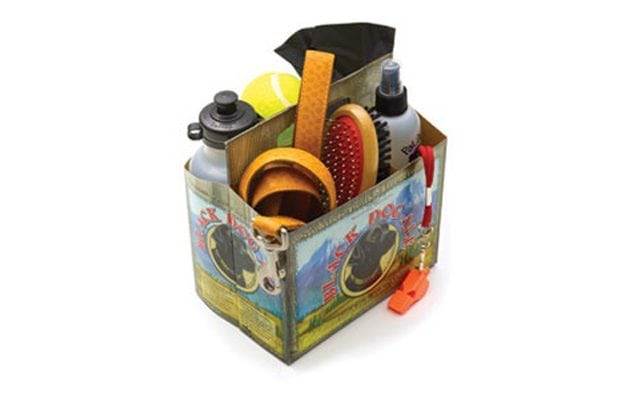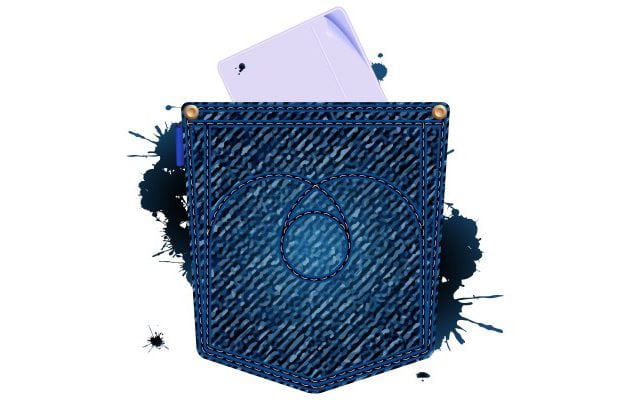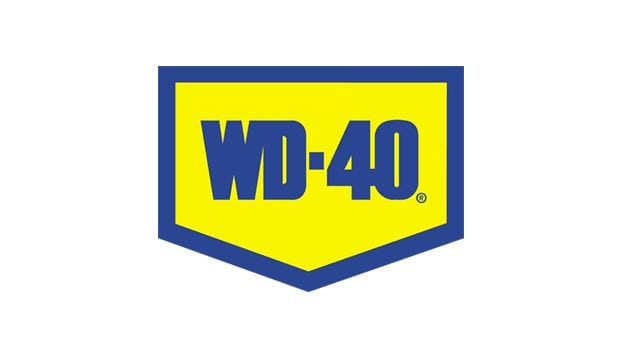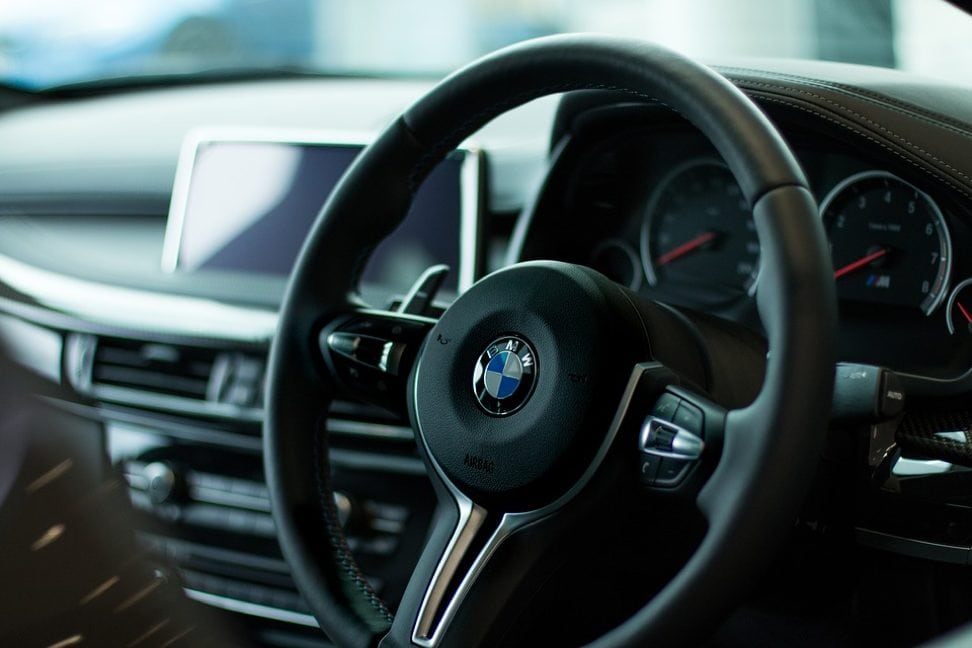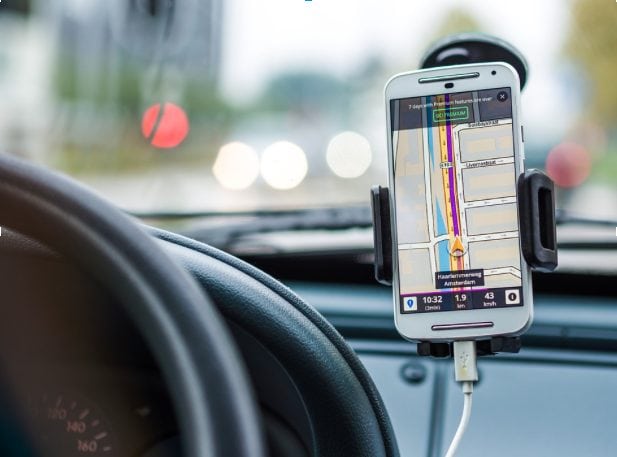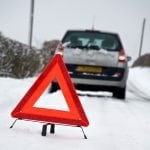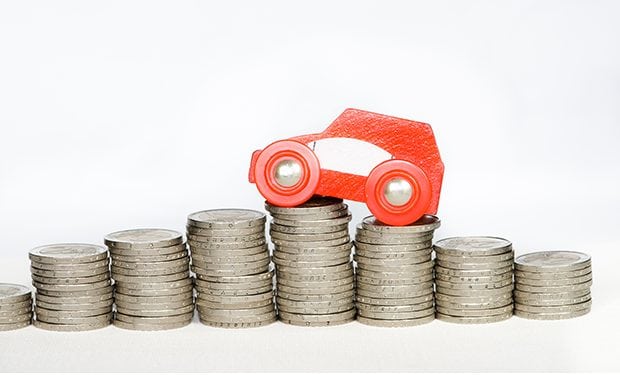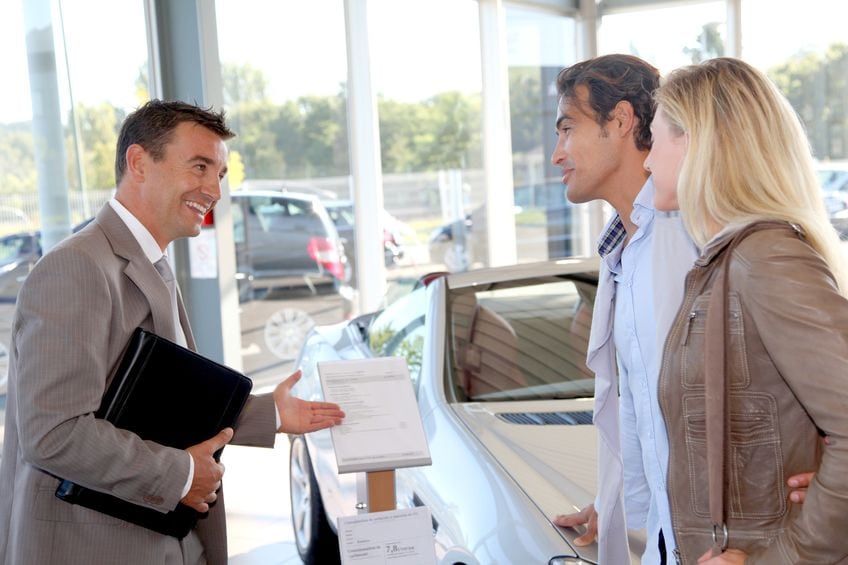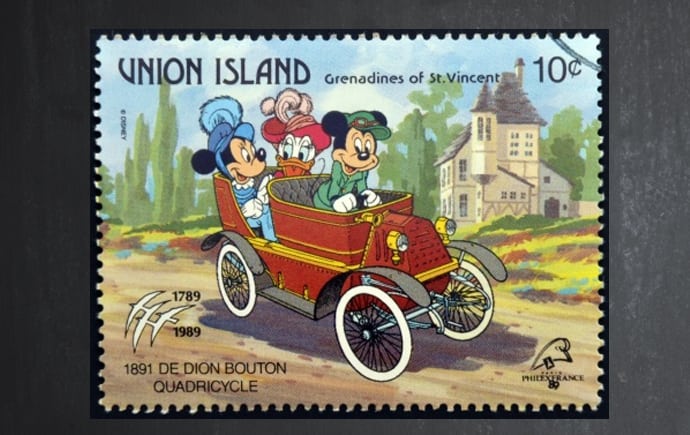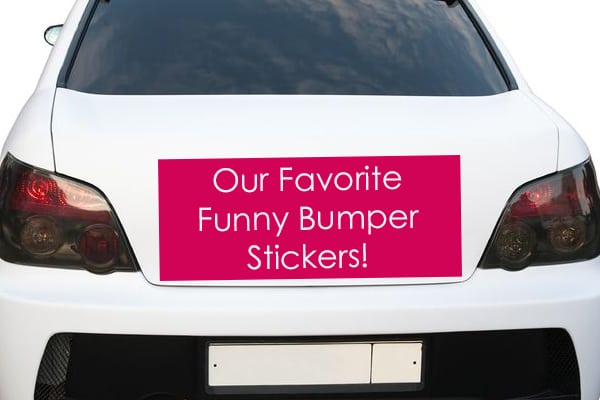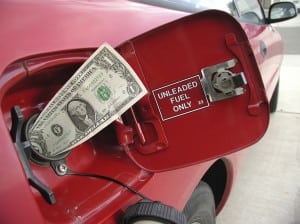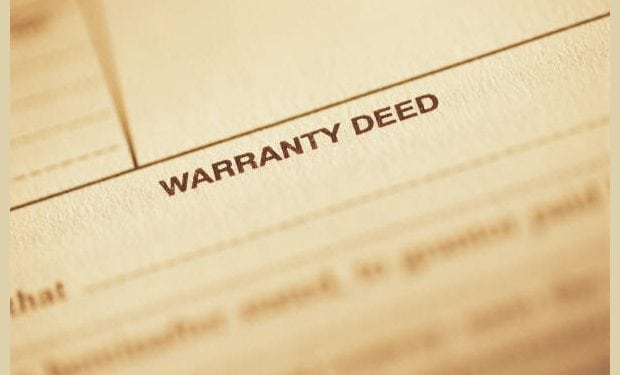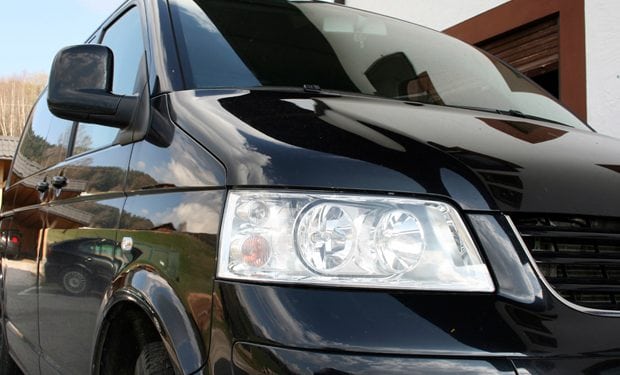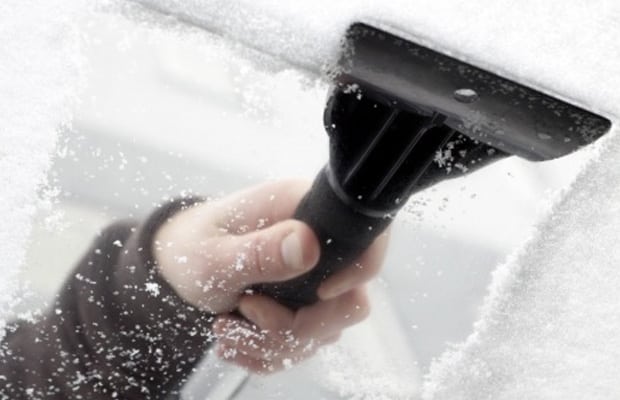
4 Ways to Improve Gas Mileage

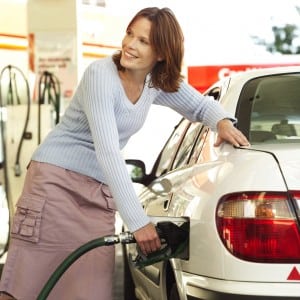 Everyone can benefit from finding ways to improve their gas mileage and these days the savings can really add up. Here are 4 easy ways to maximize your cash and reduce your trips to the pump:
Everyone can benefit from finding ways to improve their gas mileage and these days the savings can really add up. Here are 4 easy ways to maximize your cash and reduce your trips to the pump:
1. Check Your Tire Pressure:
Keeping your tires at the recommended PSI (pounds per square inch) will help improve your gas mileage. Low tire pressure increases the drag on your car, meaning that it will take more fuel to move your vehicle. Regularly checking and maintaining the air in your tires can increase your gas mileage by up to 2%. Maintaining your tire pressure is also important for safety. Under inflated tires can cause a loss of steering control and increase the risk of rolling your vehicle. These are serious safety hazards that cause dozens of deaths each year. If you know you won’t remember to check the air in your tires on a regular basis, switching to nitrogen in your tires may help. Learn more about tire pressure and nitrogen inflation.
Don’t leave your car on while you are sitting in park. If you are not moving and your car is running on gasoline (not battery), you are getting zero miles to the gallon. If your car is going to be sitting for more than 30 seconds, unless you are in traffic, turn your vehicle off. Restarting your vehicle uses less fuel than 10 seconds of idling. Whether you are sitting in the drive-thru or waiting to pick up your kids, you are going to save money if you turn your vehicle off. You can benefit more than just your pocket-book when you cut back on idling. Idling can cause wear and tear on your engine, produce vehicle exhaust (which is harmful to the environment) and create pollutants that are linked to many health problems including allergies, heart disease, asthma and other lung problems.
My 3 inch, black pumps vs. the cruise control – In an effort to learn more about the money savings tips that we share at PumpsandPedals.com, I did a personal test of my own. I wanted to see if using the cruise control would really make a difference in improving gas mileage. I drove for 11 miles each way, on the same terrain, and attempted to obey the speed limit. I reset my car’s average gas mileage gauge at the beginning of each trip. For the first drive, I used the gas pedal without the cruise control engaged. I did my best to follow the speed limit and maintain a consistent speed. I was amazed, however, at how easy it was to lose track of how fast or slow I was going. My mind wandered frequently onto other topics, like the fifty thousand other things I am responsible for besides driving my car. At the end of my trip, my gas mileage averaged 23.5 miles per gallon. I was pretty excited about this, since it was 4 miles per gallon higher than my normal gas mileage average. On the return trip, I used the cruise control as much as I could. I was surprised that even in an 11 mile trip, the gas mileage improved to 25.6 miles per gallon. That is almost a 2% savings just by using my cruise control. I think from now on, I am going to let the car do the work and focus on the new shoes that I can get with the cost savings. – Erin W.
3. Keep Up On Your Scheduled Maintenance:
Keeping your car in good shape will save you money. A well-tuned engine just costs less. Dirty, clogged engines will have overall functioning issues and will have to work harder to run, burning more fuel. A well-tuned engine can save up to 10% on your gas mileage. Make sure you keep up with your car’s maintenance schedule.
4. Watch Your Driving Habits:
Drive at a moderate speed. Driving at 55 mph verses 65 mph can create a noticeable difference in your gas mileage. Driving faster increases the aerodynamic drag, requiring the car to work harder to propel forward, using more fuel.
Sometimes it’s hard, but do your best not to slam on the brakes. If you know that you will be stopping soon, let the car slow down on its own. Slamming on the brakes frequently can also cost you more for brake maintenance, as well as gas. A softer approach and a little more patience will save you cash so you can hit the spa instead of the pump. DON”T BE A TWO FOOTER, driving with both feet will cost you more on gas and brakes, since you are creating unnecessary resistance on both.
Use the cruise control when you can. Cruise control cuts fuel consumption by maintaining a steady speed. When you accelerate, you are constantly adjusting the levels of pressure on your gas pedal. Cruise control will know more precisely how much fuel is needed to maintain your speed on multiple terrains. If you can, let the computer do the work and save you money.
Busting a Myth – Changing Your Air Filter Increases Gas Mileage:
Newest findings show that a clean air filter will increase the effectiveness of your acceleration, not your gas mileage. This means that if you have a heavy foot, you won’t have to push as hard to get your car going. This has everything to do with the responsiveness of the car and not the fuel economy. Your car needs air to force the fuel into the engine. The air moves through the air filter, which removes any airborne particles or dirt. The more dirt that accumulates in the filter, the longer it will take to respond when accelerating. This is important, but this does not change the gas mileage on your car. If you do notice that your car doesn’t accelerate as fast as it used to, you may need to change your air filter. However, it is not necessary to change the filter at every oil change, or even every other. Sometimes you can just knock the bugs and dirt off of the filter and return it to the vehicle. This will save you money, UNLESS you car is under warranty, then you should change your filter according to the manufacturers specifications.

